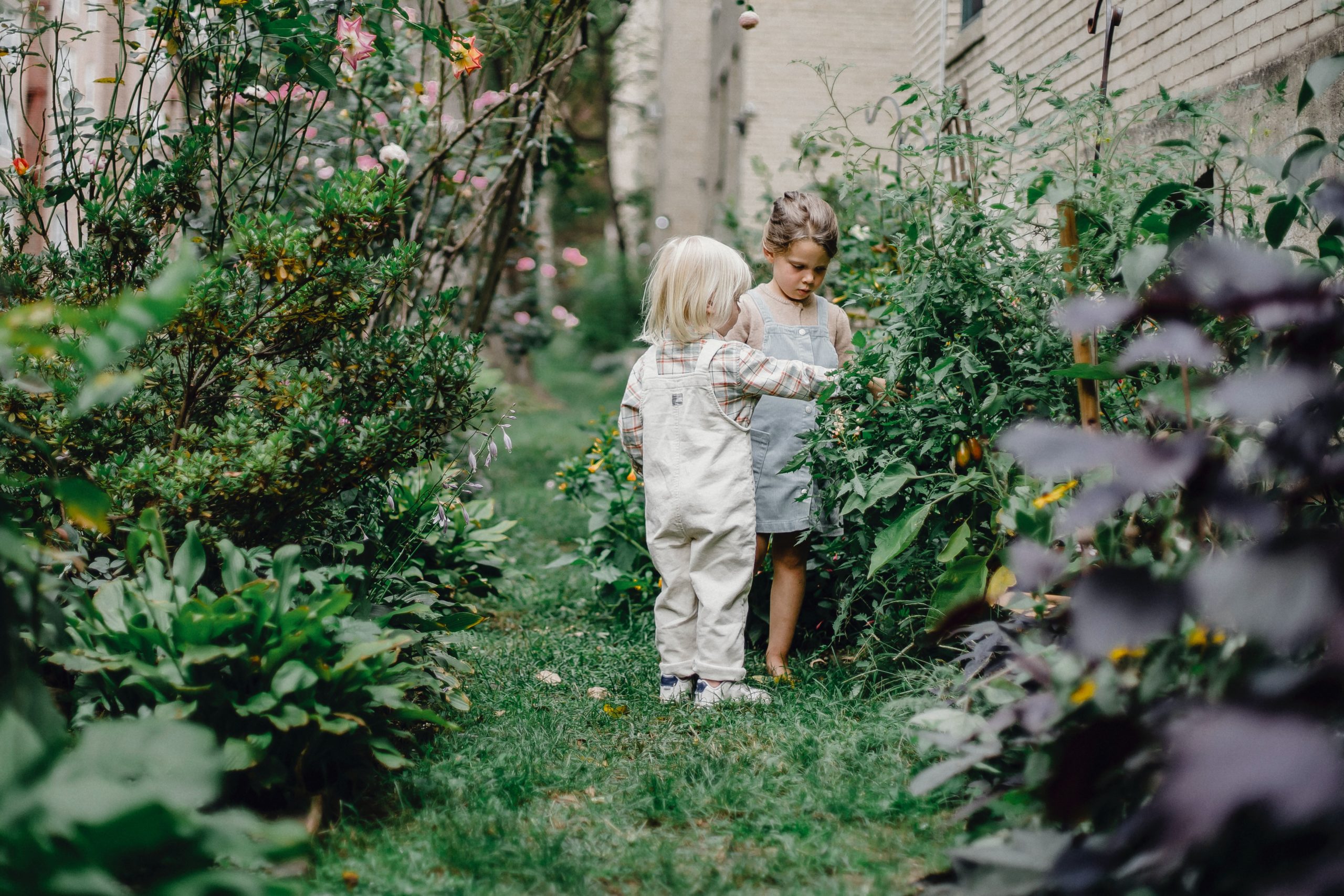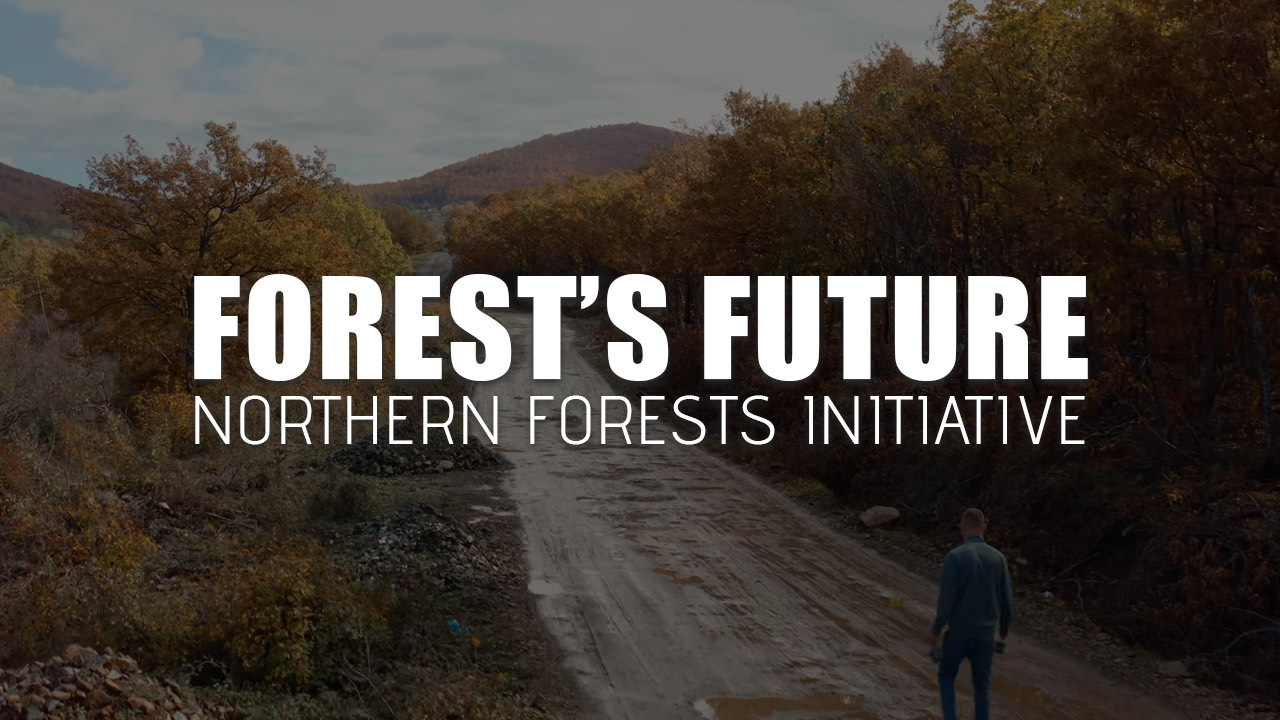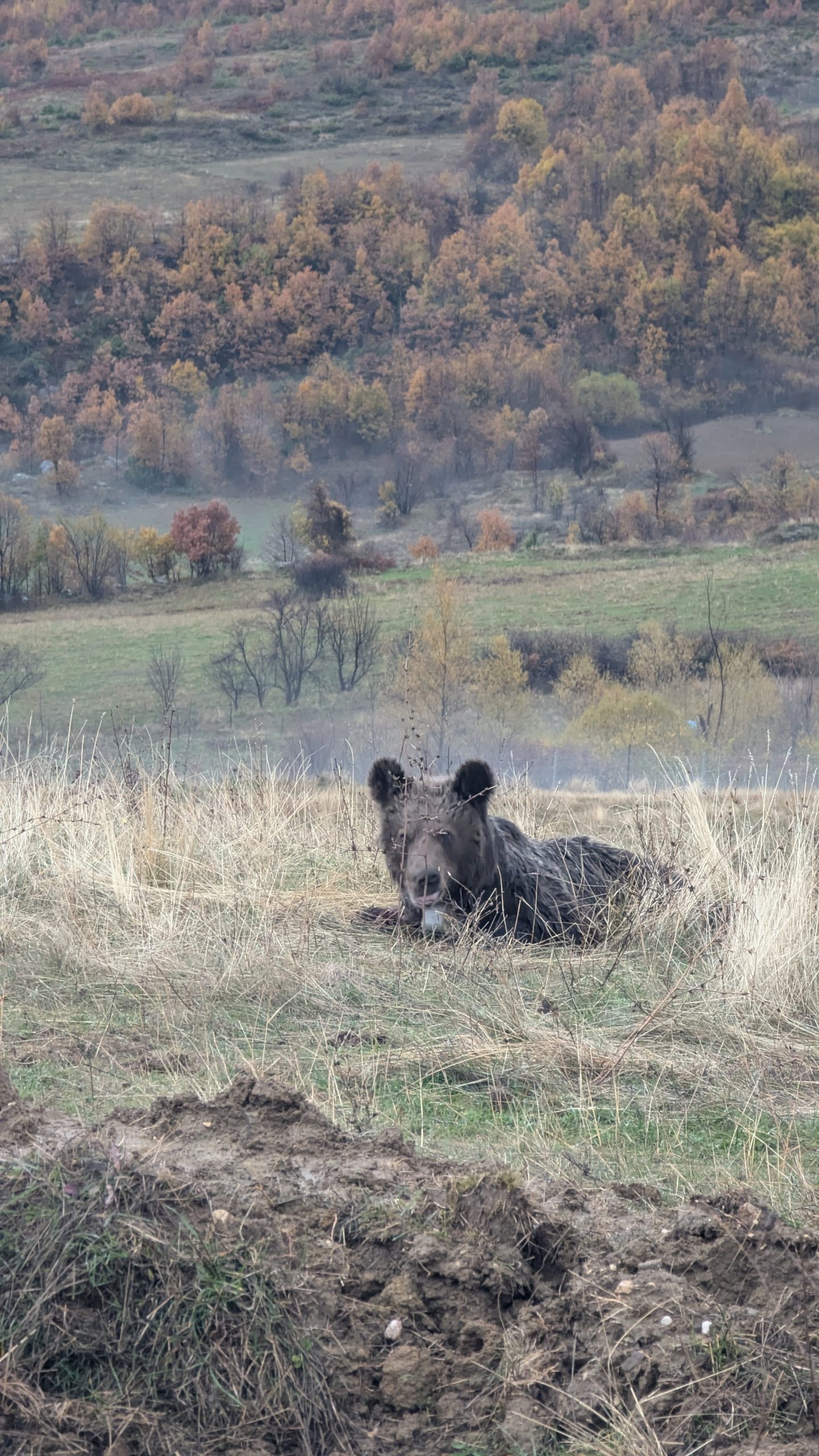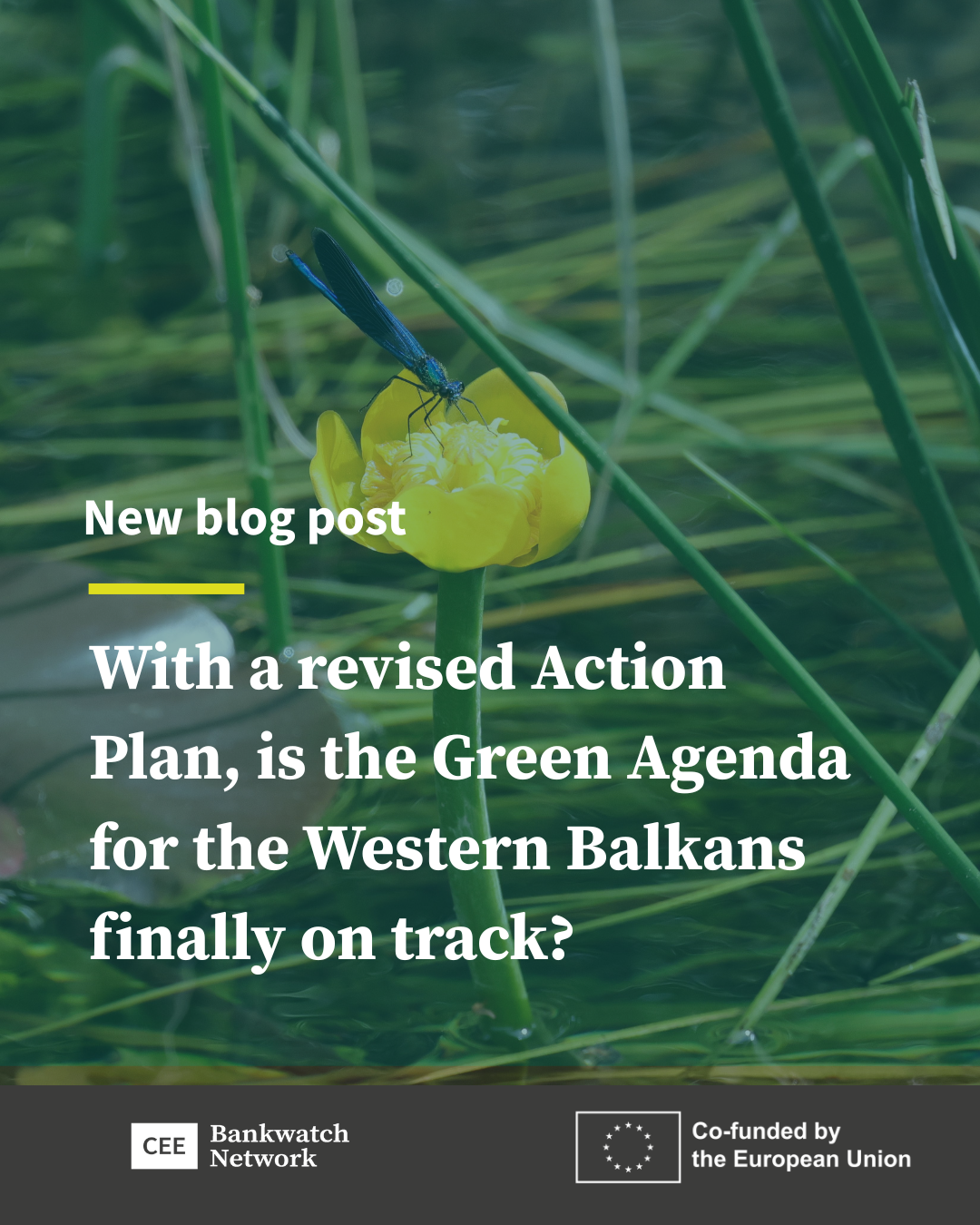Tirana, date 04/03/2021
To the members of the press – for immediate releaseHow to protect bird nests: if you love them, leave them alone
This article is part of our Spring Alive programme, which aims inspire and educate children across Africa and Eurasia about the wonders of nature and bird migration. The 2021 Spring Alive season has once again been made possible with the support of HeidelbergCement , having been in partnership with BirdLife since 2011, collaborating globally to implement local actions to minimise its impacts and improve management of biodiversity within quarries. Every spring, birds devote a huge amount of time and energy to looking after their eggs and chicks. If you want to give them a helping hand, here are some simple tips that you can follow in your garden and local area to keep nesting birds safe. Imagine flying thousands of miles to your breeding grounds, flaunting your finest plumage, singing your most beautiful songs and even fighting off other birds to find a mate. You build a nest together, painstakingly assembling your home twig by twig, and take turns incubating your precious eggs night and day. But it’s not until the chicks arrive that the really hard work begins, when every spare second for months is spent cramming food into hungry, squawking mouths. As any parent will tell you, raising youngsters is no easy task, and nesting birds need all the help they can get. As part of this year’s Spring Alive theme, “How should we protect bird nests?”, here are a few things you can do to help make your local birds’ efforts worthwhile and ensure they bring a brood of healthy new fledglings into the world this spring: If you love them, leave them alone It can be exciting to find a bird nesting in your garden or local area, but once you discover a nest’s location, it’s important to leave it alone. If you get too close, you could risk damaging it – even loud noise and disturbance could be enough to make parents abandon their nest. What’s more, you may be leaving a scent trail for predators to follow straight to an easy snack. If the nest is on the ground, you can use an upright stick or bamboo pole to mark which area to avoid. In urban areas, scientists recommend keeping at least 60 metres away from the nests of large birds such as raptors and herons. But you can still enjoy watching their antics through your binoculars… Let that garden grow! Trees, hedges, meadows, undergrowth – all of these have cosy nooks where birds love to raise their young. If you see a bird building a nest in one of these places, don’t prune it until breeding season is over. For example, in northern Europe try to avoid mowing meadows or trimming shrubs between February and August. You can look up your own country’s breeding season for a more specific guide. Keep pets indoors We may love our gentle, purring feline friends, but cats become cold-blooded hunters when they’re out on the prowl. Because they are not a natural part of the ecosystem, they can have a devastating effect on garden bird populations – especially birds nesting near the ground. So keep your cat indoors, or create an enclosed outside area or “catio”. Dogs have also been known to eat eggs and chicks, so keep them on a lead anywhere near ground-nesting birds. Build a predator-proof bird box Native predators are a natural part of the ecosystem – but if you’re worried about invasive species, or there’s a rare bird in your area that you’d like to give some extra help, there are plenty of modifications you can make to an ordinary nesting box prevent predators from gaining access. You could reinforce the entrance with metal to stop invaders from gnawing it wider, or install a tube tunnel about 5-8 centimetres long instead of a hole. Extending the roof about 12 centimetres past the front and sides of the box will make it harder for predators to clamber in from above. Location is also important: ideally, the box should be at least three metres from the ground and far away from any buildings, trees or bushes that predators can climb up. Fixing your box to a post made of smooth metal, rather than wood, will baffle the most proficient of climbers! See a nest in danger? Say something! Many countries have laws in place to protect nesting birds. If you see someone stealing eggs or chicks from a nest, or if an important nesting habitat in your local area is about to be built on or destroyed, inform your local authorities. Remember that your safety comes first and it’s rarely a good idea to directly confront the offender. Instead, many authorities have hotlines or online forms where you can report your concerns anonymously. Support nature conservation Nature conservation groups like BirdLife International, the organiser of Spring Alive, are working to protect the most important habitats for breeding birds. By donating, volunteering or even just raising awareness about nature conservation, you are helping to safeguard your favourite species for generations to come. For further information and a high resolution image, please contact: Sabina Çano Spring Alive Officer PPNEA [email protected] +355692156222 For more information please visit www.springalive.net Follow Spring Alive on Facebook, YouTube and Flickr Notes for the editor: [1] About Spring Alive Spring Alive is an international project organised by BirdLife International, a worldwide organisation for the protection of birds. The campaign is designed to help European, Asian and African children, their families, friends and teachers, to understand, engage with, and take action for birds and nature, and to understand the need for international conservation for migratory species. The core component of Spring Alive is the website www.springalive.net with contributions from participants in over 50 countries in Europe, Asia and Africa. All citizens, but specifically children and families, are encouraged to observe and record the arrival of 7 migratory bird species each year: White Stork, Barn Swallow, Common Swift, Common Cuckoo, Common Ringed Plover, Sand Martin and Eurasian Bee-eater. Spring Alive is coordinated by OTOP (BirdLife in Poland) on behalf of the BirdLife Partnership. The Spring Alive project is supported by HeidelbergCement. [2] HeidelbergCement HeidelbergCement is one of the world’s largest integrated manufacturers of building materials and solutions, with leading market positions in aggregates, cement, and ready-mixed concrete. Around 54,000 employees at more than 3,000 locations in over 50 countries deliver long-term financial performance through operational excellence and openness for change. At the center of actions lies the responsibility for the environment. As forerunner on the path to carbon neutrality, HeidelbergCement crafts material solutions for the future. In more than 800 quarries worldwide HeidelbergCement is committed to managing species and habitats during and after extraction. Through the partnership with BirdLife International and its national partner organisations, HeidelbergCement aims to maximise the role its sites can play to support biodiversity, through specific management actions during the active phase of the quarry, and habitat creation during the reclamation process. This aligns with the company’s Sustainability Commitments 2030.




